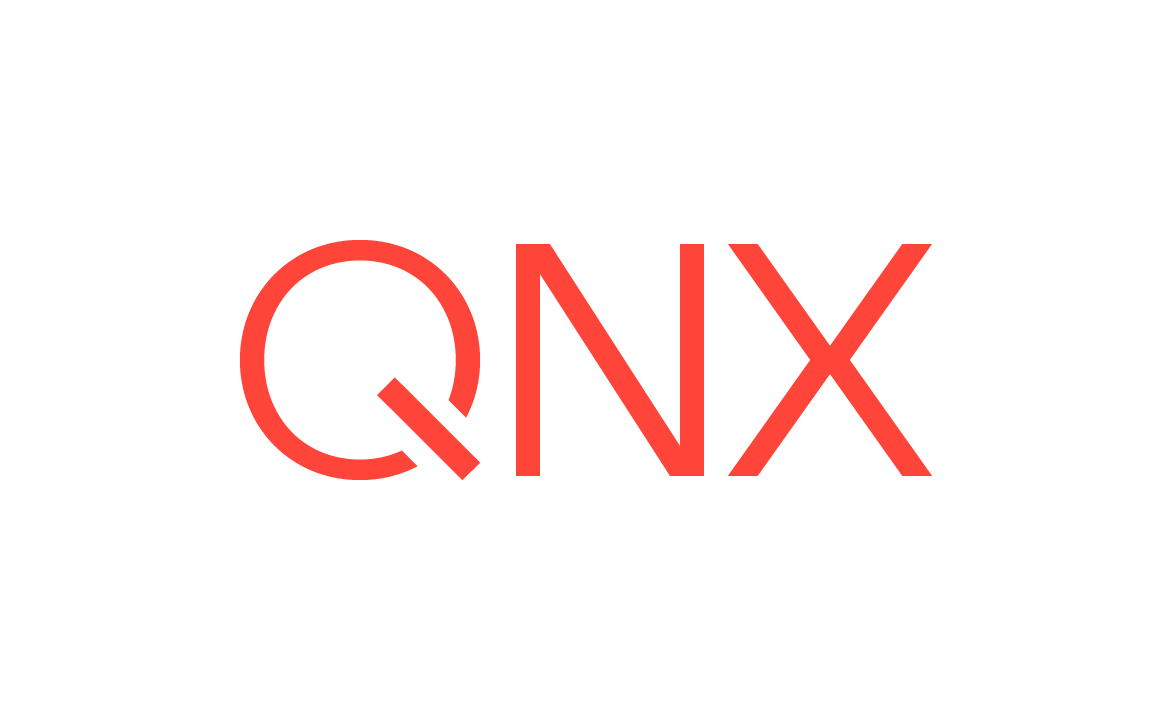The keyboard at a glance
QNX SDP8.0User's GuideUser
The table below describes how the character-device drivers interpret various keys and keychords (groups of keys that you press simultaneously). The drivers handle these keys as soon as you type them.
Note:
Your keyboard might not behave as indicated if:
- The driver is in raw input mode instead of edited input mode.
- You're working with an application that has complex requirements for
user interaction (e.g., the application might take control over how the
keyboard works).
or:
- You're working at a terminal that has keyboard limitations.
| If you want to: | Press: |
|---|---|
| Move the cursor to the left | ← (left arrow) |
| Move the cursor to the right | → (right arrow) |
| Move the cursor to the start of a line | Home |
| Move the cursor to the end of a line | End |
| Delete the character left of the cursor | Backspace |
| Delete the character at the cursor | Del |
| Delete all characters on a line | CtrlU |
| Toggle between insert and typeover modes (if an application supports them) | Ins |
| Submit a line of input or start a new line | Enter |
| Recall a command (see below) | ↑ or ↓ (up or down arrow) |
| Suspend the displaying of output | CtrlS |
| Resume the displaying of output | CtrlQ |
| Attempt to kill a process | CtrlC or CtrlBreak |
| Indicate end of input (EOF) | CtrlD |
| Clear the terminal | CtrlL |
When you use the up or down arrow, the character-device driver passes a
back
or forward
command to the
shell,
which recalls the actual command.
Page updated:
